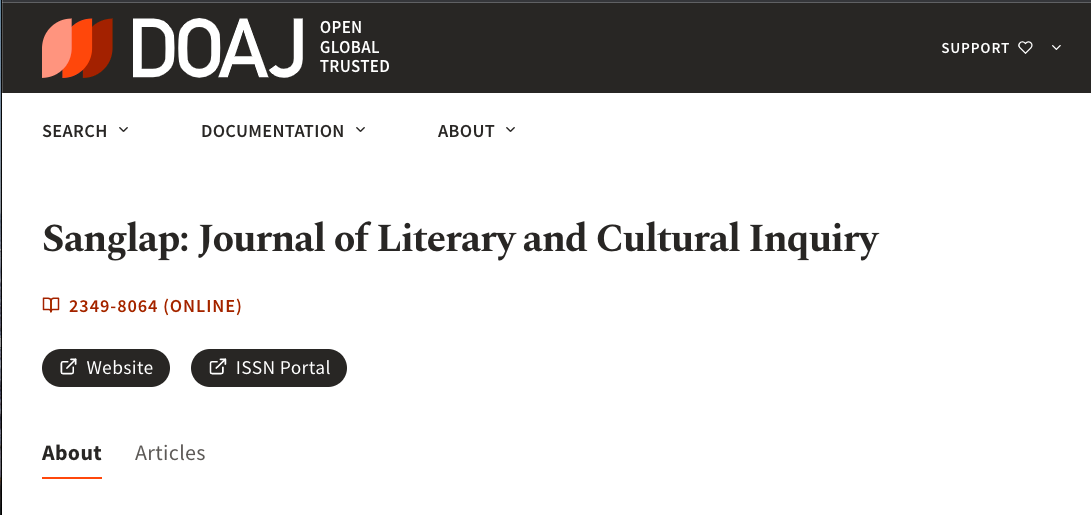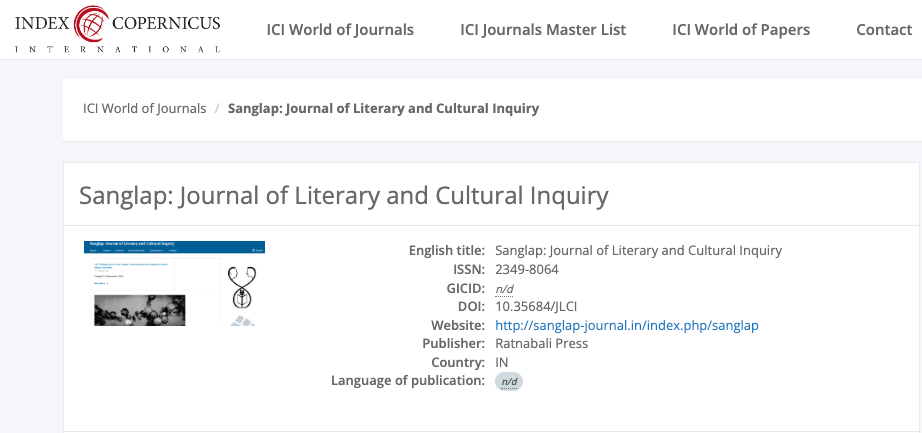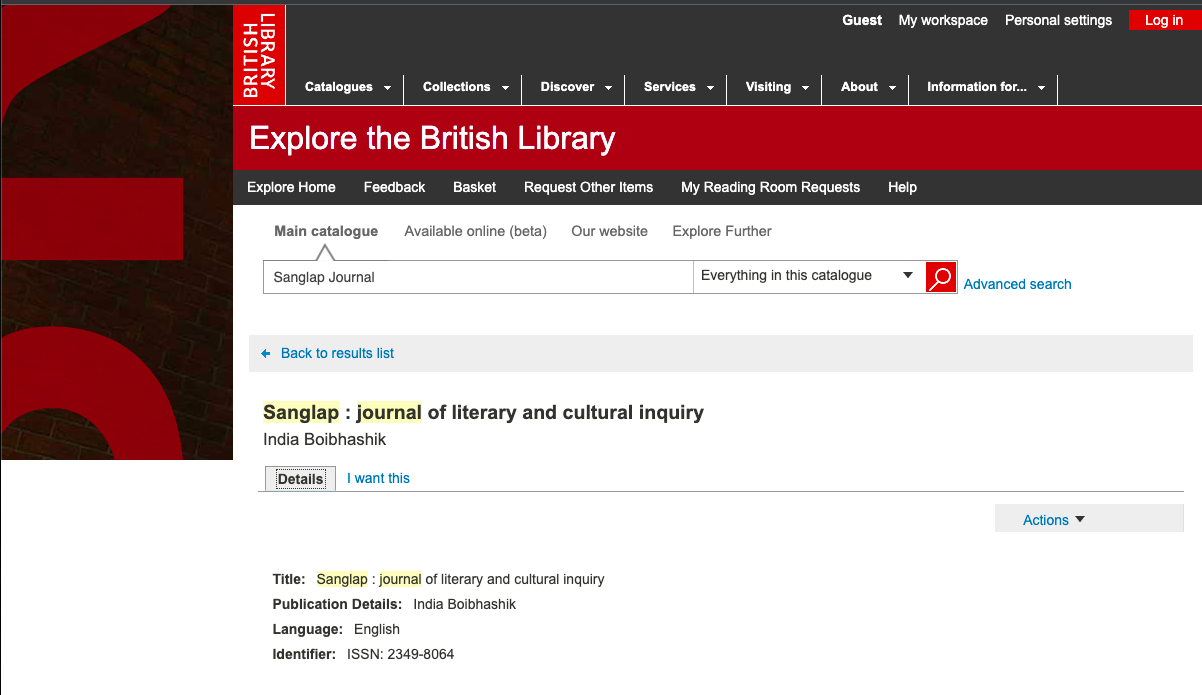The monad and the cut in Samuel Beckett’s Endgame
Keywords:
Psychoanalysis, Lacan, Beckett, Topology, Fantasy, Monad, Fort/da, Freud, MelancholyAbstract
Interruptions and false starts are omnipresent in Beckett’s work, revealing a similar preoccupation with the cut in psychoanalysis. And yet, Endgame would seem to present a situation devoid of a structuring cut, with its characters lodged in a form of uniform monad devoid of any opening to the outside: it appears as a desperately homogenous world, belonging to the imaginary register, one that dissimulates real anxiety. One major cut is therefore the exclusion of the characters from the phallic register, supportive of desire. While the refuge is a place of stasis, the cut intervenes in the come and go movement leaning on the symbolic register, driving the movement to go on. Clov’s tormented relationship to Hamm can be seen as exemplifying the formula of the fantasy, involving the cut between subject and a object, where any complementarity dissimulates a fundamental breach. Such an object is embodied by the other characters, as well as by the refuge itself. Finally, the cut is associated with the subject and discourse as a closed structure. However, the question could also be seen from the point of view of the use of lalangue, which informs the real dimension of saying.











